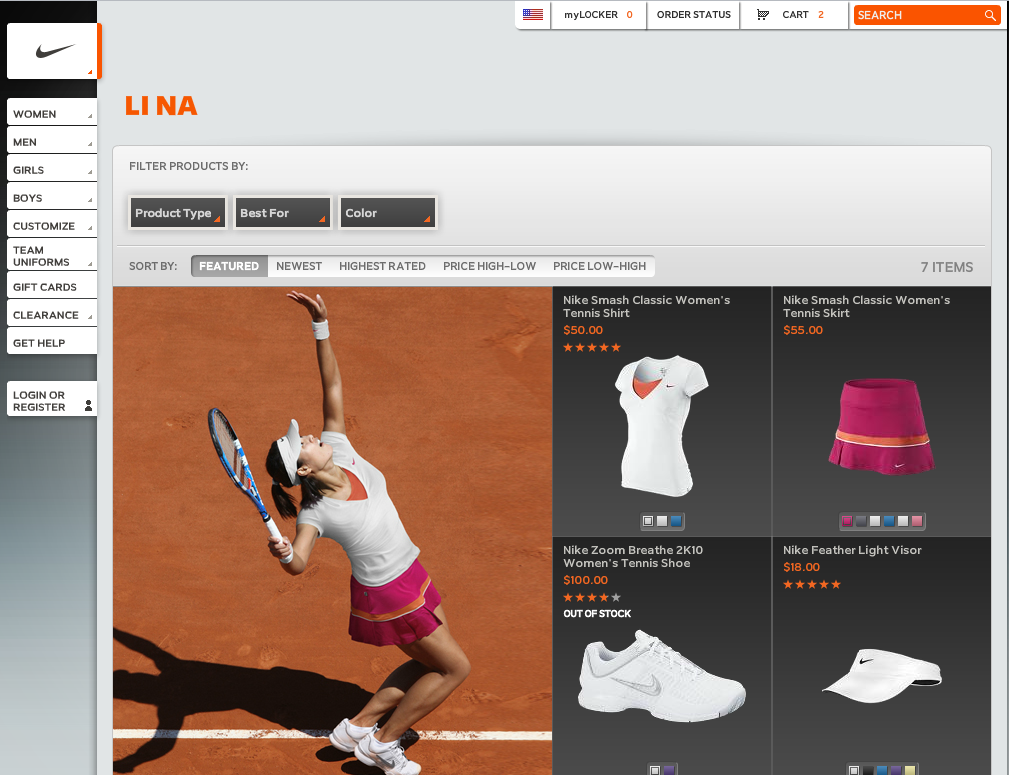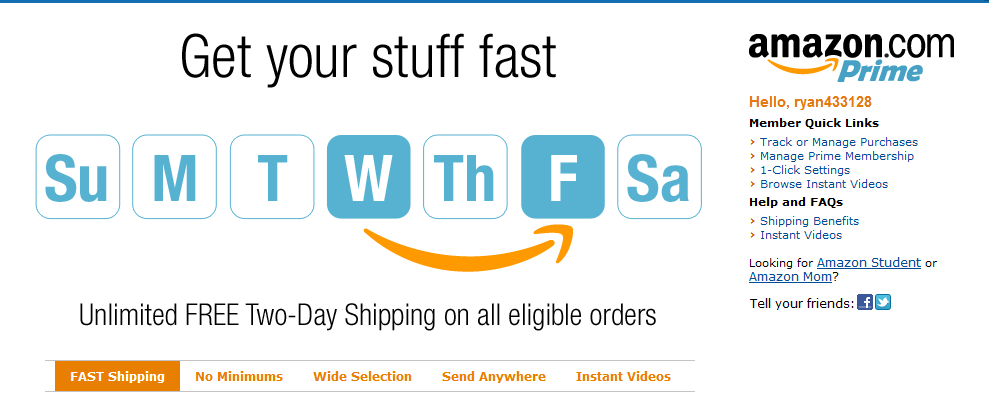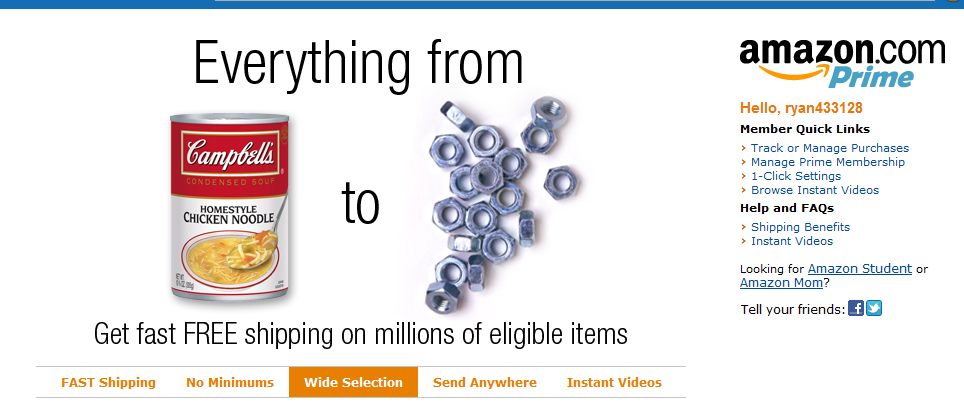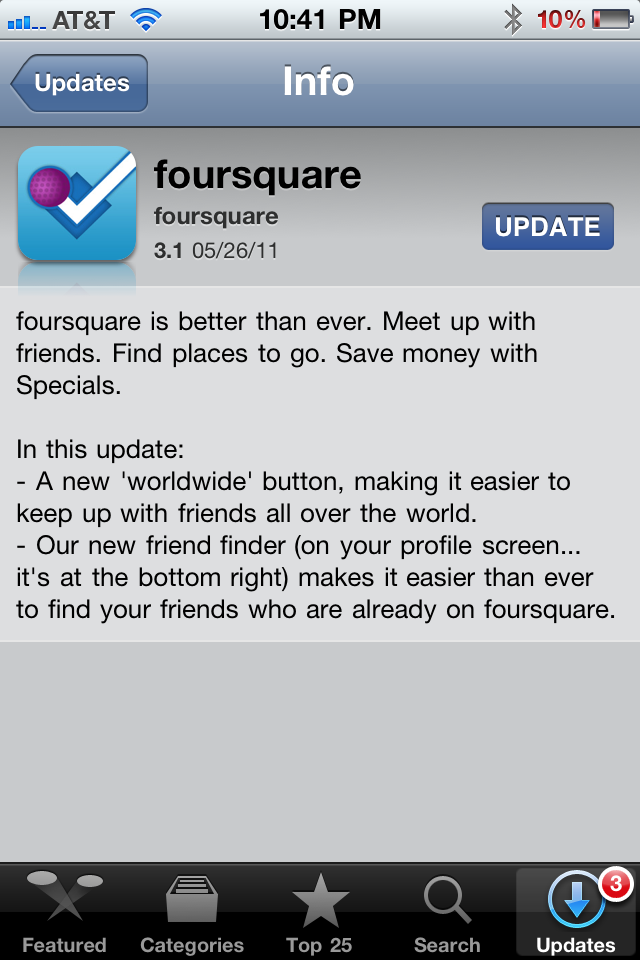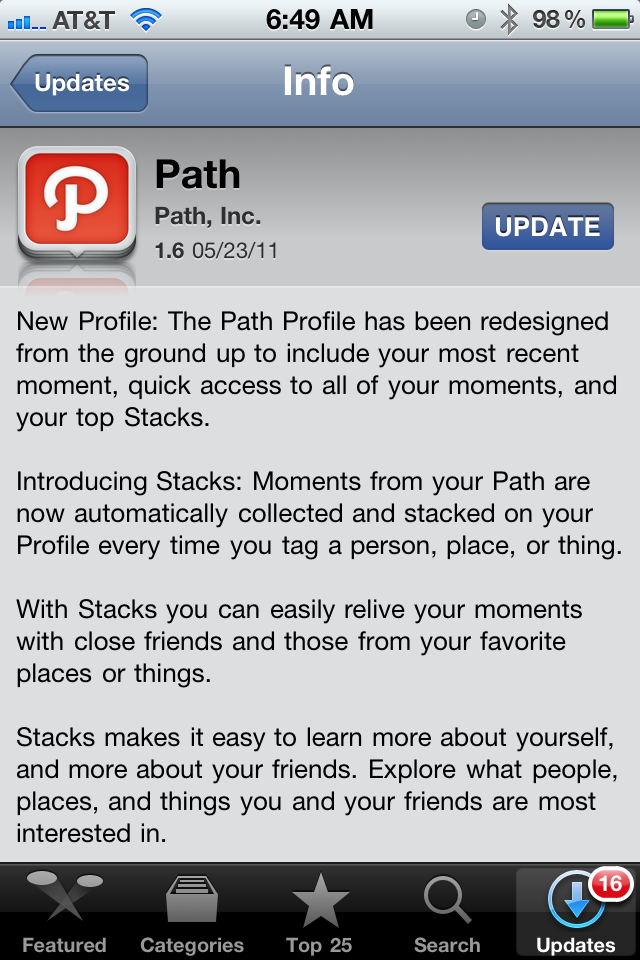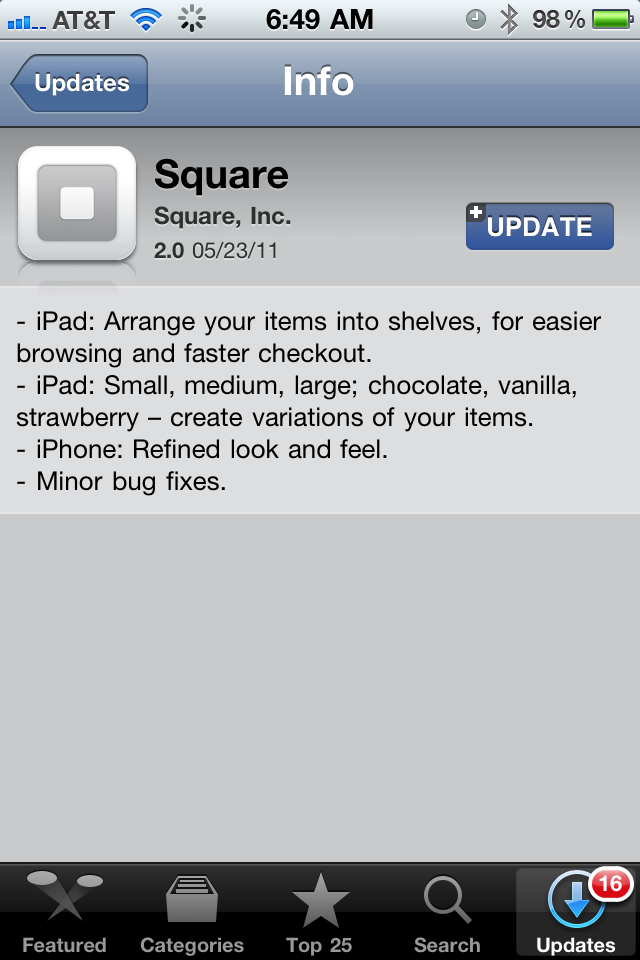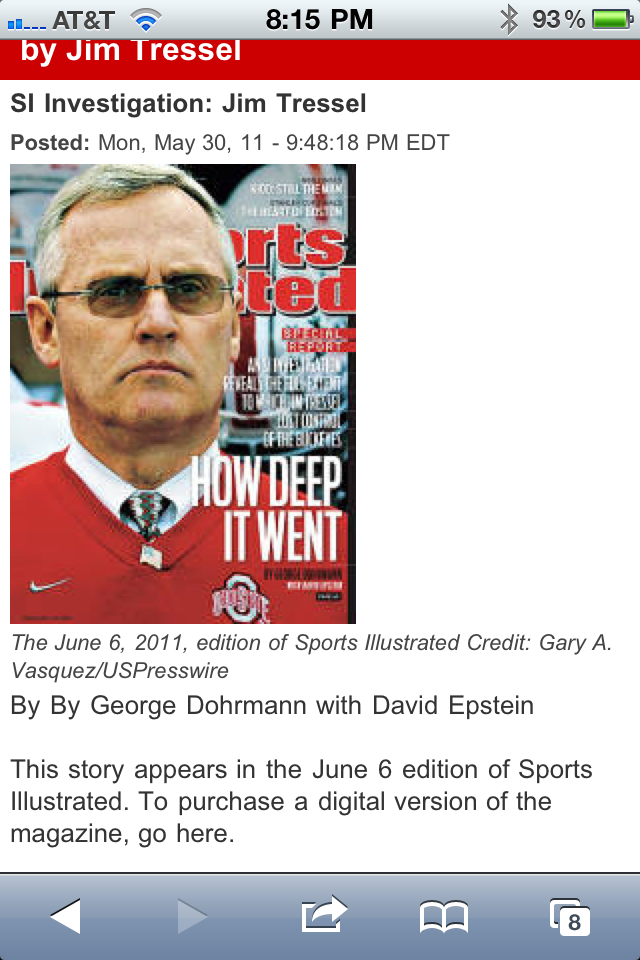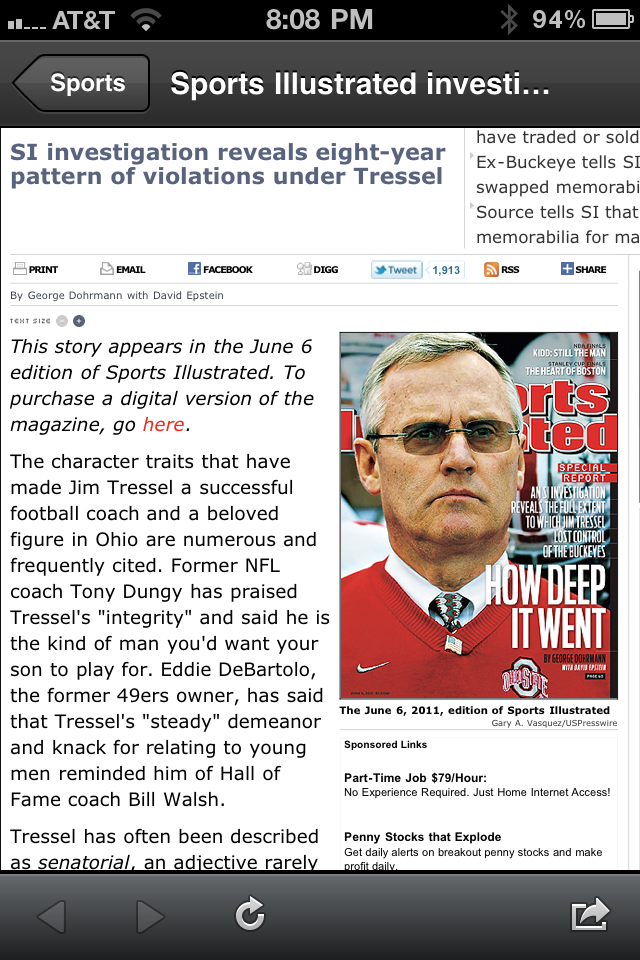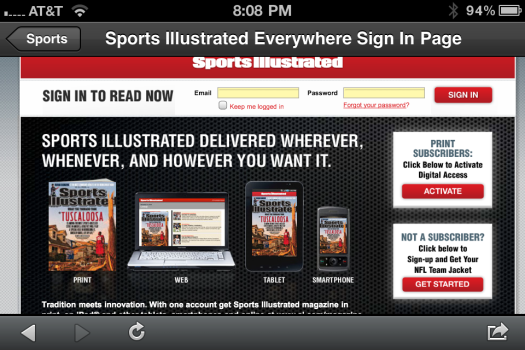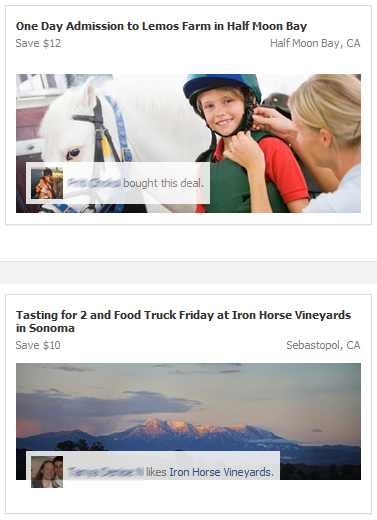Yesterday, Li Na won the French Open and became the first Chinese tennis player to win a Grand Slam:
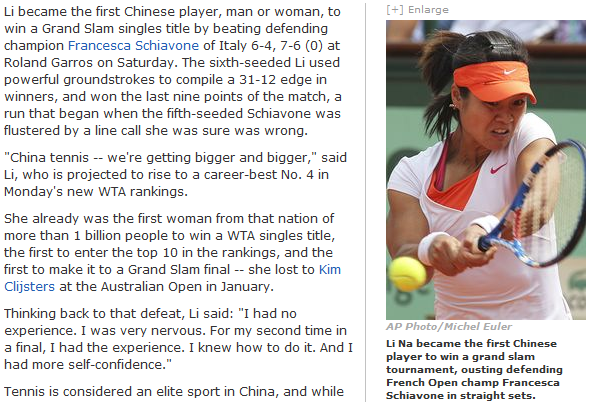
Li Na is a Nike-sponsored athlete - and immediately after her victory, Nike launched the "Li Na Collection" / storefront. The announcement was made on Twitter and Facebook:

Nike has long been savvy about real-time promotion and leveraging social media to drive sales, attention, discussion, etc (examples here). This is particularly noteworthy though because Nike effectively erected a real-time, curated storefront.
With pictures of what Li Na wore that morning, during here French Open Victory, Nike sold each piece of her ensemble. In effect, it is a trend that I have written about a few times: the curated web. In this case, curation comes from Nike and it's star athlete Li Na. It is a more compelling way to browse, find and buy.
And, it evolves over time. Nike can build out experiences for their athletes based on each event... and then users can explore those historically. For instance, why not showcase Nadal's outfits historically and bring them back on anniversary's of major events? And why not reveal what technology, clothing, etc are used Thursday - Sunday of each PGA event for your Nike golfers?
It worked for Michael Jordan with sneakers only... and with the online presence of today's athletes, we are seeing the rise of curated storefronts where the personality is first and the brand is second.
